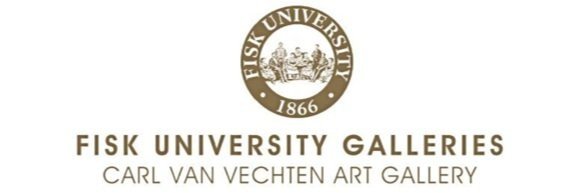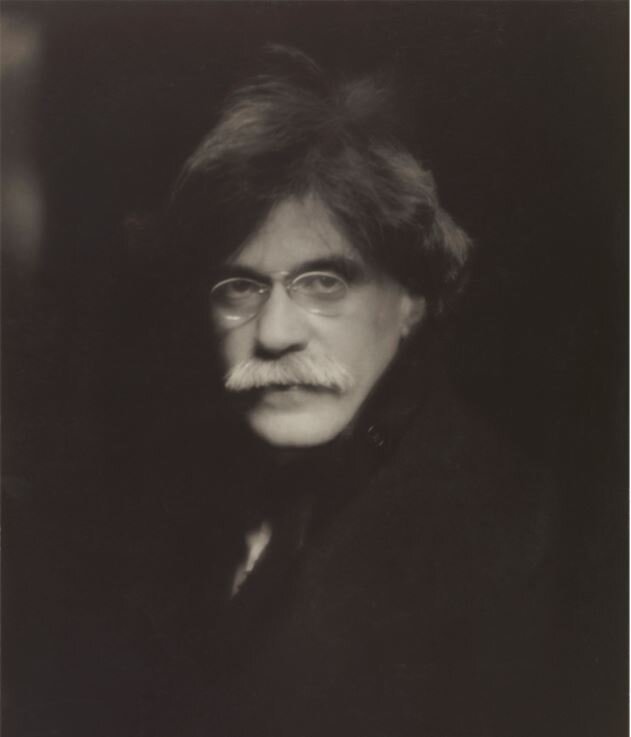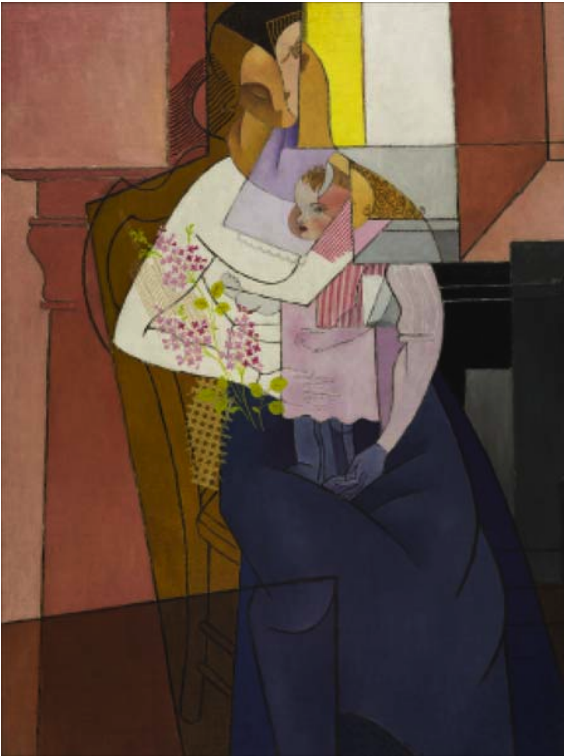(Lower Level)
Kindred Spirits: Intergenerational Forms of Expression, 1966–1999
Organized by the Fisk University Galleries and Frist Art Museum and co-curated by Michael Ewing, Frist Art Museum, Associate Curator, and Jamaal B. Sheats, Fisk University Galleries, Director and Curator
This exhibition opens in the lower level of the Carl Van Vechten Art Gallery at Fisk University and the Frist Art Museum on March 14th, 2025.
1966 marked the centennial year of Fisk University, the oldest institution for higher learning in Nashville,Tennessee. It also represented a moment of transition after the retirement of Aaron Douglas, founder and chair of Fisk's Art Department and a leading figure of the Harlem Renaissance. The appointment of David C. Driskell as Douglas's successor ushered in a broadening view of the African diasporic arts through instructional innovation and the expansion of the university's collections, artist residency programs, and exhibitions. This vision was shared and further realized by faculty members such as Robert Hall, Earl J. Hooks, Stephanie Pogue, and Greg Ridley, among others.
Kindred Spirits frames a critical timeline linking Driskell's tenure (1966–76) with the tenure of one of his preeminent colleagues, professor Earl J. Hooks (1969–99). Co-organized by Fisk University Galleries and the Frist Art Museum, this exhibition will feature more than 50 objects, including archival images and interview documentation, and will act as a companion exhibition to David C. Driskell and Friends: Creativity, Collaboration, and Friendship.
David Driskell, Black Ghetto (c. 1968)
ORIGINS OF INFLUENCE IV: The Alfred Stieglitz Collection of Modern Art
(Main Level)Georgia O’Keeffe, Radiator Building — Night, New York (1927)
As the 20th century dawned, America was alive with a spirit of change, dissent, revolution, and hope, heralding new paths in politics, the arts, and quality of life. This period, characterized by a critical reassessment and experimentation, marked a departure from established norms and traditions, setting the stage for the emergence of early modernism. Origins of Influence IV honors the legacy of early modernist movements.
Alfred Stieglitz Collection
Alfred Stieglitz (1864–1946), a pivotal figure in American modern art, revolutionized the field as a photographer, gallery owner, and editor. His influential galleries developed modern American artists and served as conduits for European modernists to reach American audiences. After Stieglitz's death in 1946, Georgia O'Keeffe (1887–1986), with the assistance of Doris Bry (1920-2014), undertook the task of cataloging his collection, donating a significant portion to various institutions both domestic and abroad. Among the first recipients was Fisk University, which included institutions such as The Art Institute of Chicago, The Metropolitan Museum of Art, The National Gallery of Art, and The Philadelphia Museum of Art, among others. The donations extended to The Museum of Fine Arts in Boston, The Library of Congress, The San Francisco Museum of Modern Art, The Phillips Collection, The George Eastman House, and The National Museum of Modern Art in Tokyo, Japan.
The Connection
Dr. Charles S. Johnson (1893-1956), the first African-American president of Fisk University, and Carl Van Vechten (1880-1964), a prominent New York writer, photographer, and philanthropist, played a key role in O'Keeffe's decision to select Fisk University as beneficiaries of the collection. This gift led to establishing the university's first permanent art gallery in 1949, named in honor of Van Vechten, on November 4th.Pearl S. Creswell (1912-1994) led the gallery and served in various capacities from 1949 to 1989. She was instrumental in connecting the campus and the community with the collection.
The Alfred Stieglitz Collection, comprising 101 items including paintings, photographs, drawings, prints, sculptures, and a selection of African artifacts, showcases Stieglitz's extensive engagement with the modern art movement and his relationship to American modernists. The collection provides a remarkable introduction to Stieglitz as both an artist and a collector, illustrating his network and the early modernist movements in America and Europe.








